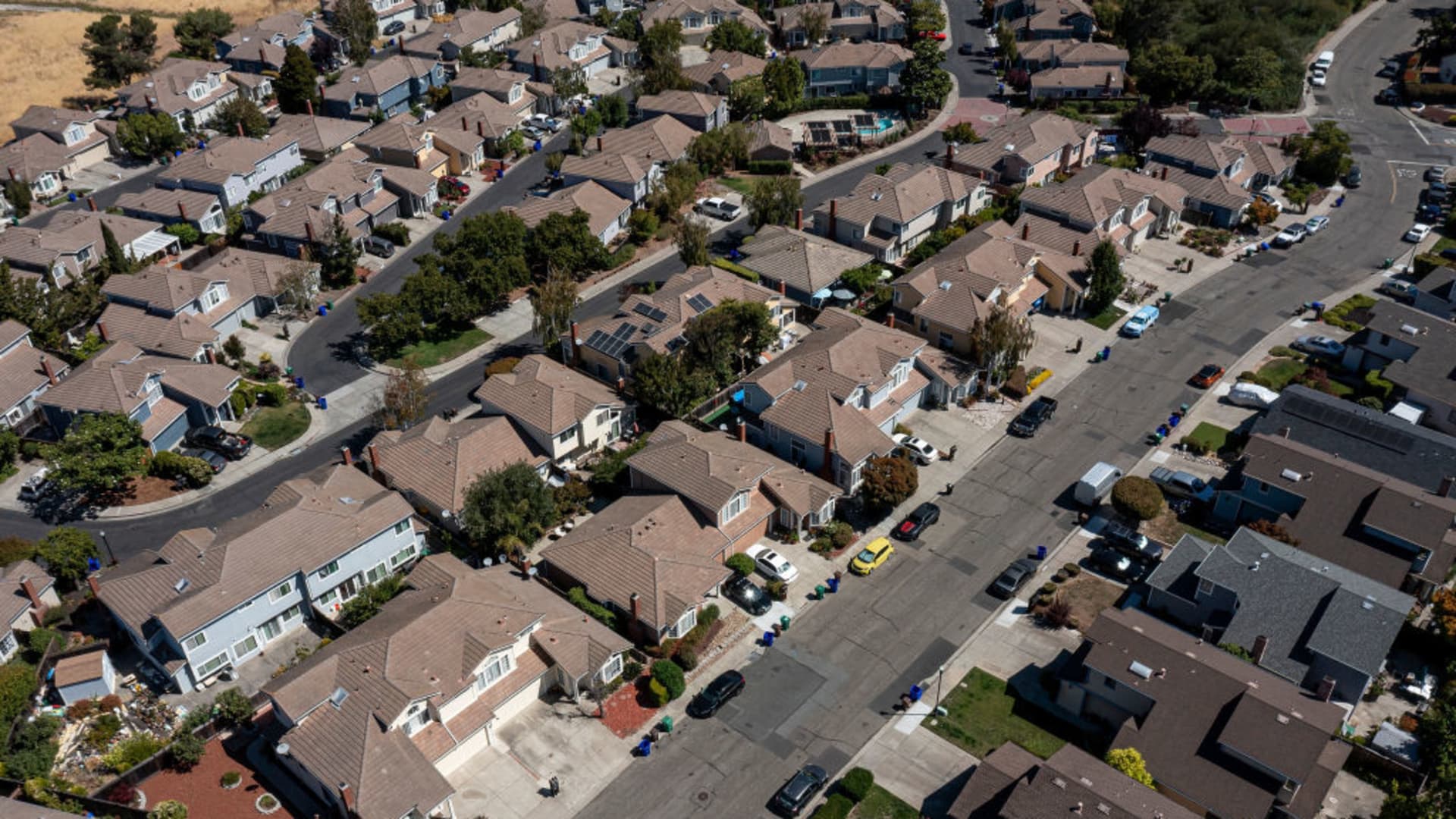After surging over 8% in October, mortgage rates are falling back toward 7% again, and that is jump-starting the refinance market.
Last week, the average contract interest rate for 30-year fixed-rate mortgages with conforming loan balances ($726,200 or less) decreased to 7.17% from 7.37%, with points dropping to 0.60 from 0.64 (including the origination fee) for loans with a 20% down payment, according to the Mortgage Bankers Association. That was the lowest level since August.
As a result, applications to refinance a home loan increased 14% from the previous week and were 10% higher than the same week one year ago.
“Slower inflation and financial markets anticipating the potential end of the Fed’s hiking cycle are both behind the recent decline in rates,” said Joel Kan, MBA vice president and deputy chief economist. “Refinance applications saw the strongest week in two months and increased on a year-over-year basis for the second consecutive week for the first time since late 2021.”
The actual level of refinance demand, however, is still quite low, given that so many borrowers refinanced in the first years of the Covid pandemic, when rates hit more than a dozen record lows.
“Recent increases could signal that 2023 was the low point in this cycle for refinance activity, consistent with our originations forecast,” Kan added.
Applications for a mortgage to purchase a home fell 0.3% for the week and were 17% lower than the same week a year earlier. Potential buyers are still battling high prices and low inventory of homes for sale.
Mortgage rates continued to move lower this week. The government’s all-important monthly employment report, expected to be released Friday, could either continue that trend or reverse it, depending on what it says about the state of the economy.
“November was a stellar month for mortgage rates, and December is picking up right where it left off,” said Matthew Graham, chief operating officer at Mortgage News Daily. He noted that a softer-than-expected report on job openings released Tuesday helped continue the trend.
“The labor market had been running too hot. Job openings are still ‘above-trend,’ in fact, but by cooling off at a faster pace, there are positive implications for interest rates,” Graham added.
Don’t miss these stories from CNBC PRO:
- Saudi Arabia is struggling to boost oil prices, raising possibility of supply war with U.S.
- Here’s where to invest $250,000 for the next 5 years
- Citi is so bullish on this biotech stock it gives it 800% potential upside
- ‘It’s beginning to look a lot like VIX-mas.’ What Wall Street’s fear gauge is saying right now
